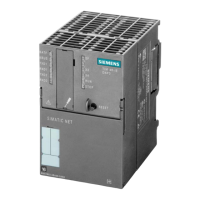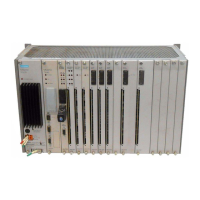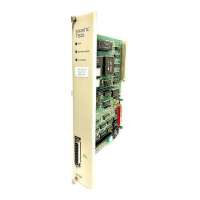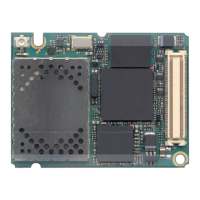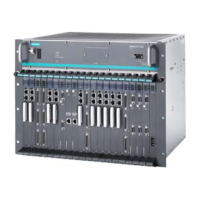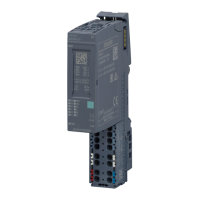The SINAUT Configuration Tool
6.5 The Subscriber Administration
TIM DNP3
160 System Manual, 06/2014, C79000-G8976-C253-03
Properties - Local Connection
dialog for the CPU
This dialog visualizes the properties of a local LAN connection of a CPU and allows the
following properties to the selected:
● CPU modules with X connections / P bus connections:
– The
length of the send buffer [bytes]
for these connections
Range of values: 76 ... 65382 bytes
Default: 760 bytes
This parameter is not relevant for PBC connections.
This parameter cannot be set for a DNP3 CPU.
– The
Connection monitoring time [s]
; in other words, the time that must elapse before
dummy messages are sent to check the connection.
Range of values: 1 ... 32 s
Default: 5 s
This parameter cannot be set for a DNP3 CPU.
● CPU modules with PBC connections:
– The
Connection monitoring time [s],
Range of values: 1 ... 32 s
Default: 5 s
This parameter cannot be set for a DNP3 CPU.
Figure 6-9
Properties - Local Connection
dialog (CPU)

